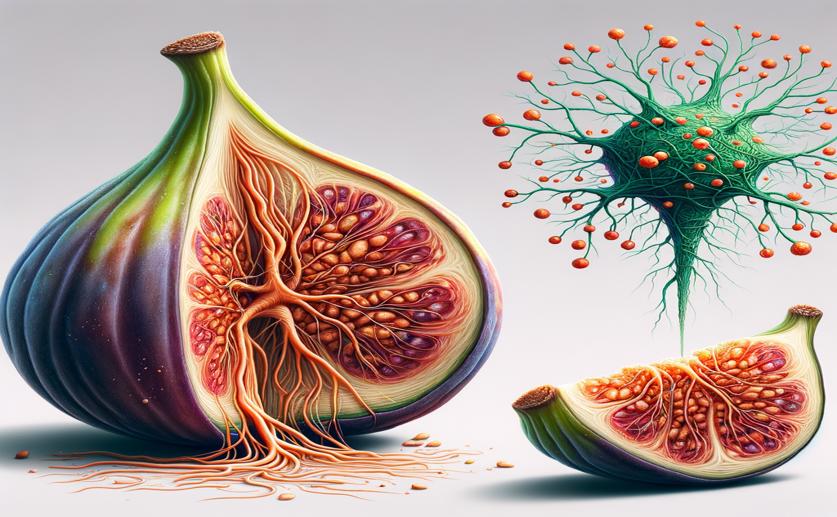
Fig Extract Helps Nerve Regrowth in a Sciatic Nerve Injury Study
Jenn Hoskins
30th June, 2024

Image Source: Natural Science News, 2024
Key Findings
- The study by Kao Corporation in Japan explored the effects of fig and cranberry extracts on nerve regeneration in a mouse model of sciatic nerve injury
- Fig extract significantly reduced muscle weight decline, preserved nerve conduction velocity, and improved motor function after nerve injury
- Fig extract enhanced macrophage infiltration into injured nerve tissue, aiding in debris clearance and tissue regeneration
References
Main Study
1) Ficus carica L. (Fig) promotes nerve regeneration in a mouse model of sciatic nerve crush.
Published 28th June, 2024
https://doi.org/10.1002/2211-5463.13859
Related Studies
2) Peripheral nerve injury, scarring, and recovery.
3) Role of macrophages in Wallerian degeneration and axonal regeneration after peripheral nerve injury.
4) The influence of pre-surgical delay on functional outcome after reconstruction of brachial plexus injuries.



 29th June, 2024 | Jenn Hoskins
29th June, 2024 | Jenn Hoskins